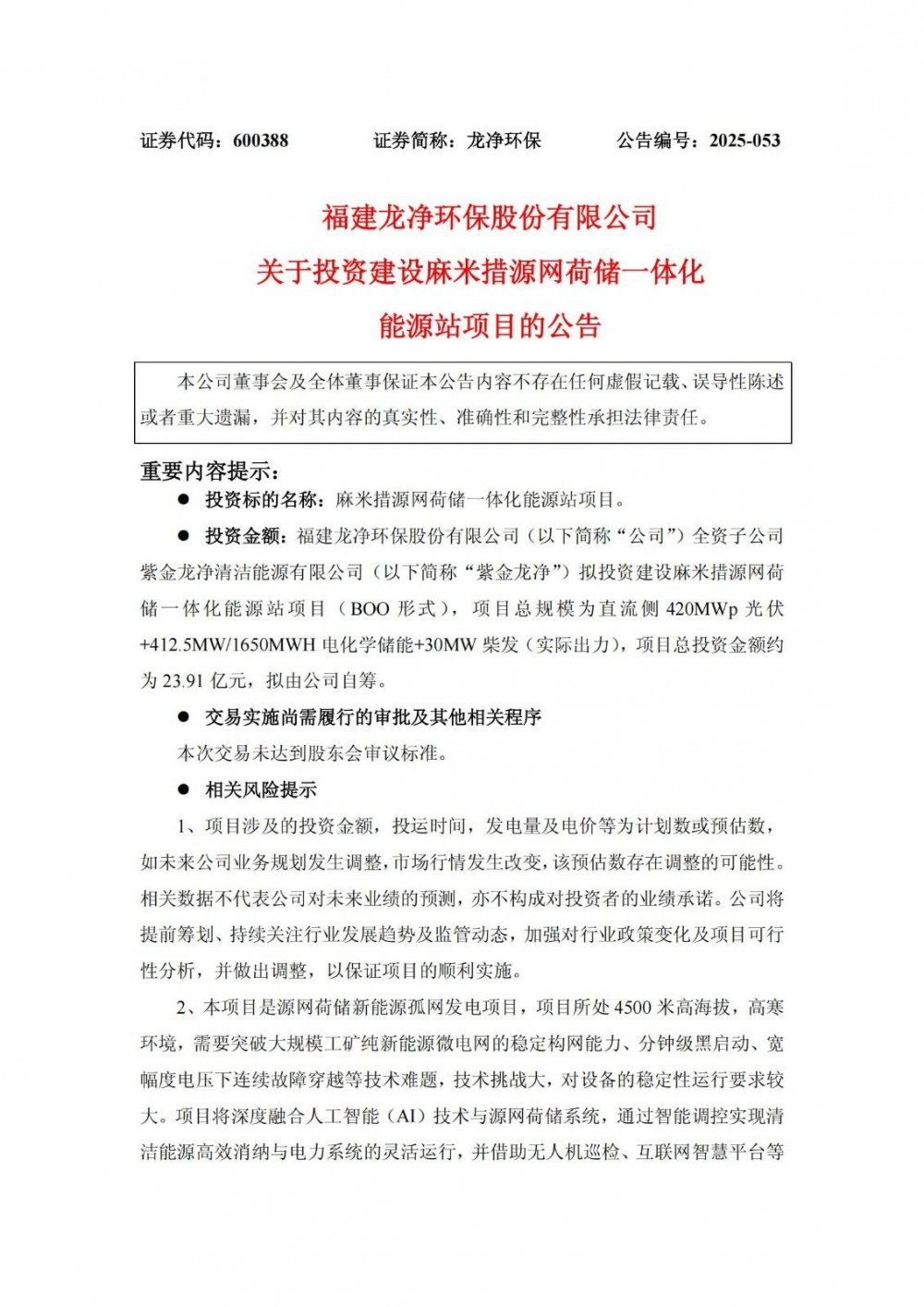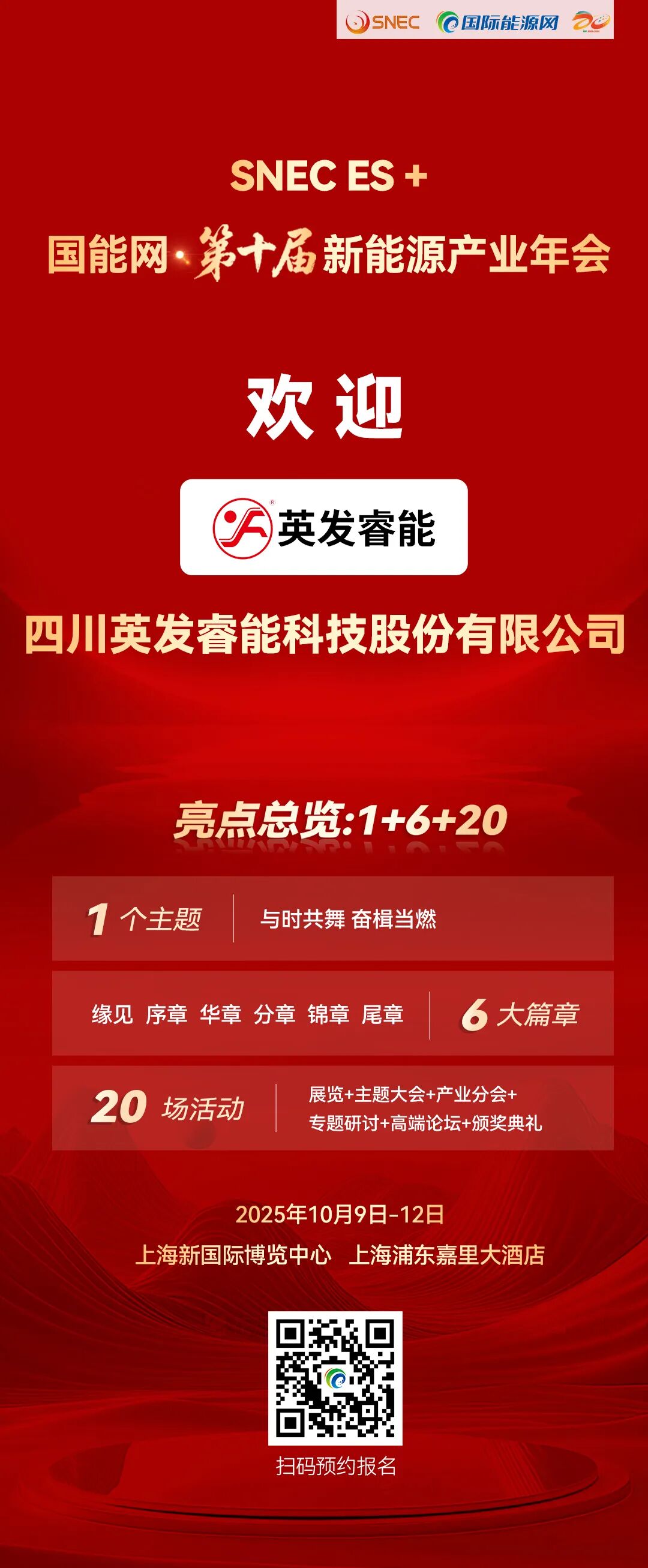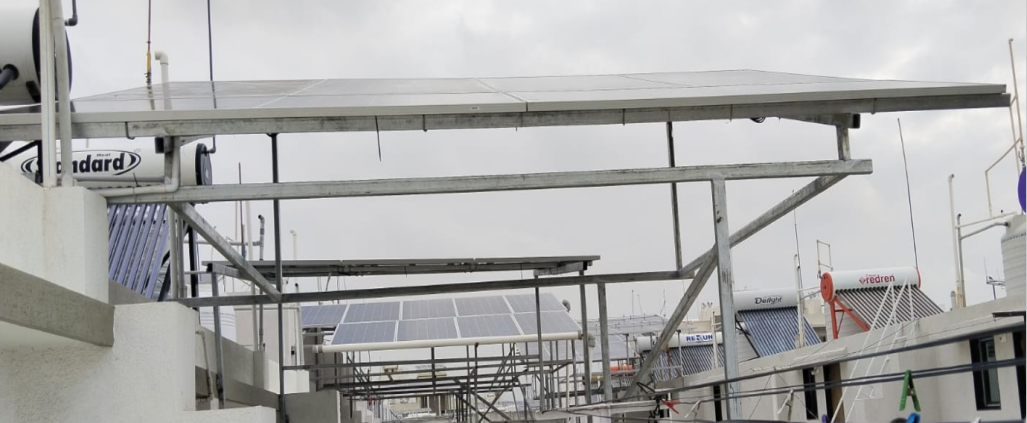深入认识材料特征和目标特性之间的关系可为探寻最优的双钙钛矿太阳能电池材料提供指导,只是材料各个成分之间复杂的相互作用导致这一关系难以确定。机器学习(ML)可管理大型数据集、预测未知材料属性、揭示结构-属性之间关系,但不能诠释材料性能背后的机制。梯度提升回归树(GBRT)算法可提供高精度预测和基于各个特征权重的可诠释分析。但如何将二者结合,并用于指导钙钛矿材料的搜寻,尚没有研究报道。
来自韩国国立数学科学研究所的Yun Kyong Hyon 和韩国化学技术研究所的Hyunju Chang共同领导的团队,通过梯度增强回归树(GBRT)算法和现有的A2B1+B3+X66电子结构的数据集,基于机器学习探寻了无铅双钙钛矿太阳能电池材料。GBRT方法生成了关于形成热(ΔHF)和带隙(Eg)的高精度预测模型,并评估了材料的每个特征(如组成等)对于这些特性的权重。基于权重,他们提取了一些关键特征,确定了卤化物双钙钛矿的ΔHF和Eg值,从而全面理解了材料关键特征与材料特性之间的关系。研究揭示了所提取的特征与化学(ΔHF)、物理(Eg)特性之间的相关性,以及通过机器学习模型探寻最优无铅卤化物双钙钛矿太阳能电池材料的实用方法。
该文近期发表于npj Computational Materials5: 37 (2019),英文标题与摘要如下。
Identifying Pb-free perovskites for solar cells by machine learning
Jino Im, Seongwon Lee, Tae-Wook Ko, Hyun Woo Kim, YunKyong Hyon & Hyunju Chang
Recent advances in computing power have enabled the generation of large datasets for materials, enabling data-driven approaches to problem-solving in materials science, including materials discovery. Machine learning is a primary tool for manipulating such large datasets, predicting unknown material properties and uncovering relationships between structure and property. Among state-of-the-art machine learning algorithms, gradient-boosted regression trees (GBRT) are known to provide highly accurate predictions, as well as interpretable analysis based on the importance of features. Here, in a search for lead-free perovskites for use in solar cells, we applied the GBRT algorithm to a dataset of electronic structures for candidate halide double perovskites to predict heat of formation and bandgap. Statistical analysis of the selected features identifies design guidelines for the discovery of new lead-free perovskites.
 中国能源资讯网
中国能源资讯网


